Whilst staying in Dubrovnik we took a day trip to the beautiful Bay of Kotor in the adjacent country of Montenegro. The city of Kotor sits at the secluded end of an extensive bay surrounded by the mountains, that descend down to the sea. This is yet another amazing UNESCO listed walled city that is worth a visit. It is a maze of narrow streets, linking Venetian palaces, Roman churches, and picturesque squares. It has become a popular tourist location, so we were glad to be there in April. Wandering the narrow streets is always a pleasure for us. We also climbed up to the fort above for spectacular views of the bay. This is another ancient city originating in Greek and Roman times. Extensive fortifications, that zigzag up the mountain side, from the Venetian period still exist. The city sits in an area of outstanding beauty. A lunch of delicious fresh seabass, on a terrace looking down the bay, certainly added to the trip!
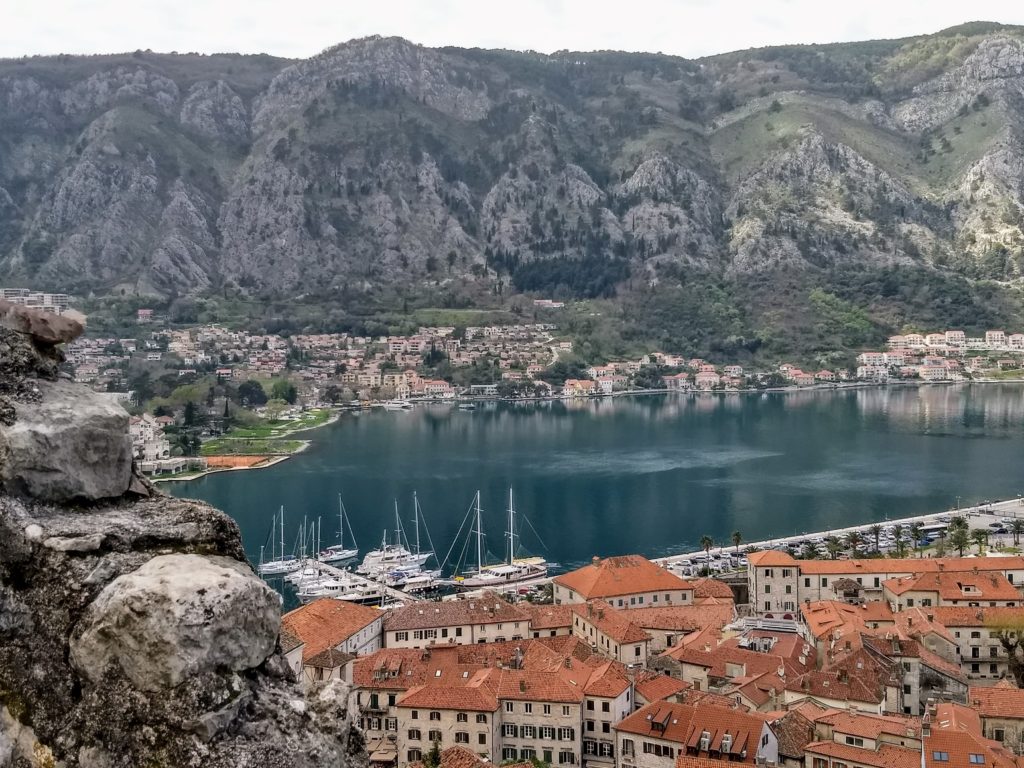
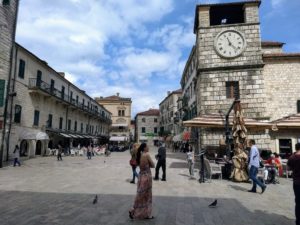
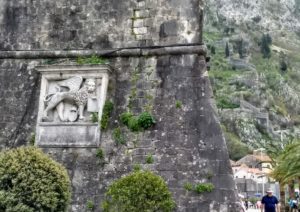
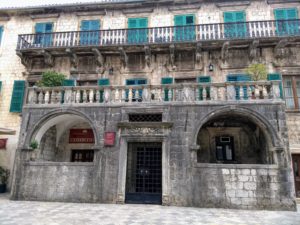
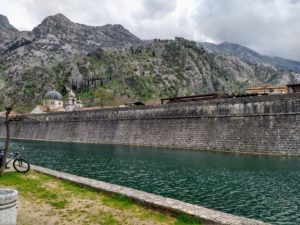
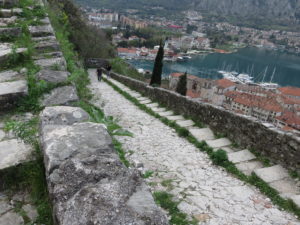
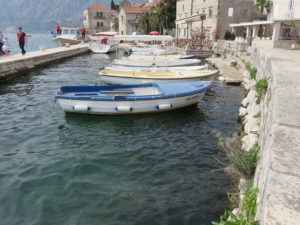
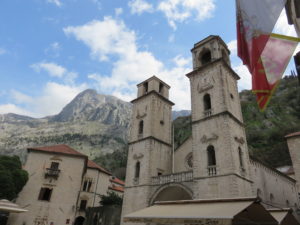
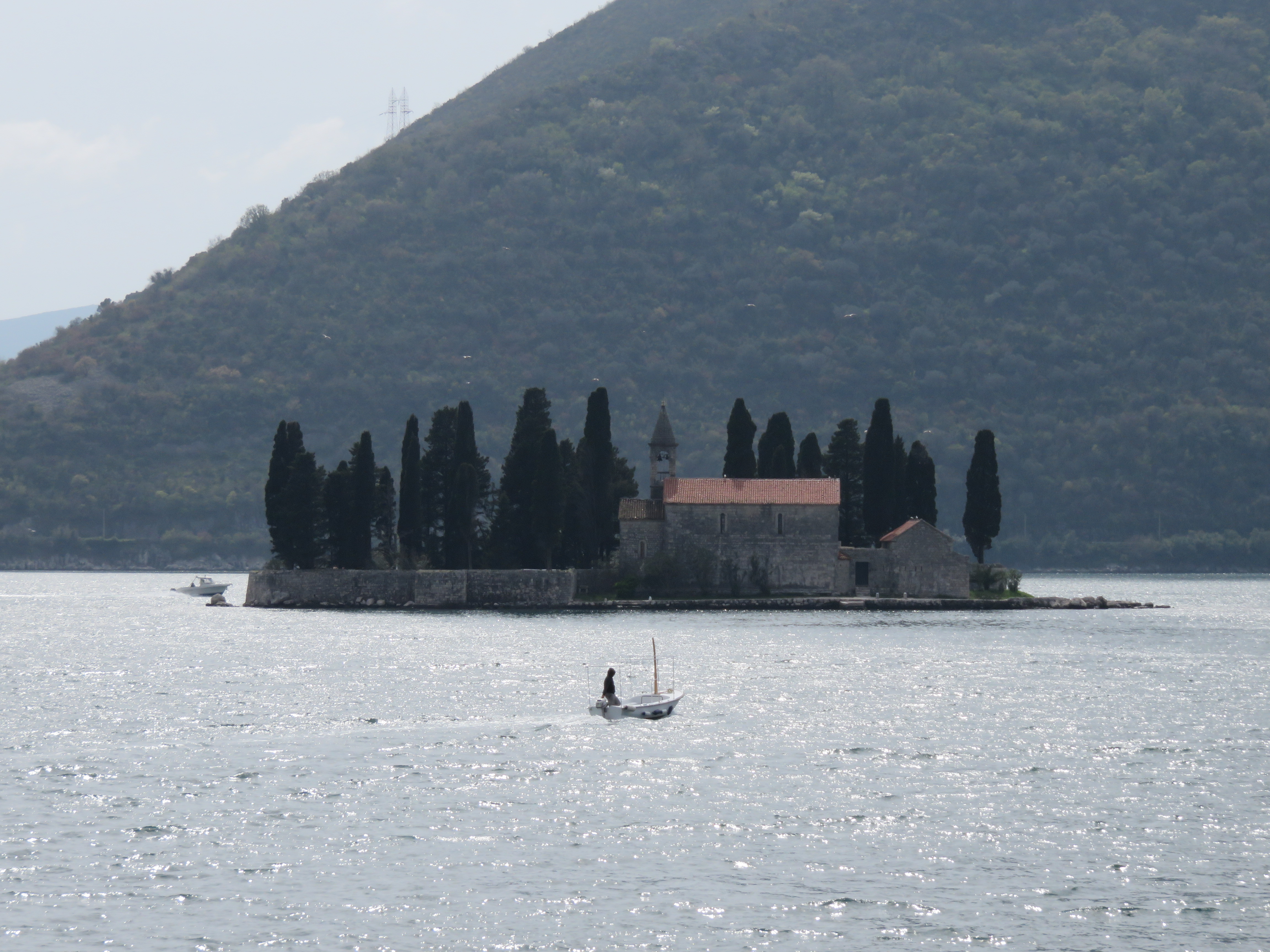
Around the bay from Kotor is the small town of Perast. Just offshore is a small islet with a church named “Our Lady of the Rocks”, with an interesting history.
It begins on 22 July 1452: two sailors, returning to Perast from a difficult voyage, discovered an icon of the Madonna and Child resting on a rock in a shallow part of the Bay. Considering the find evidence of a divine hand having brought them home, the sailors pledged an oath to honour their find. The sailors dropped stones around the spot where the icon was found, slowly created an islet and built a small chapel. It soon became a tradition for sailors to drop stones in the water ( plus a few old ships full of rocks!) to build up the island. The chapel was expanded to the present church in 1632.
The tradition of dropping stones and leaving offerings at the site remains alive today and forms an integral part of one of Europe’s oldest sailing regattas: the Fašinada. At sunset on 22 July, countless local boats are decorated with garlands and sail out into the Bay to drop a stone around the island.
There has been a significant influx of foreign investment in Montenegro, much from Russia. This was originally encouraged with easy residency, but has been reigned in because of too much influence of the foreign wealth on local housing prices. We saw significant ongoing restoration of buildings all along the bay. There were many ‘for sale’ signs in the Cyrillic alphabet, mainly for the Russians. It is interesting that both the Cyrillic and Latin alphabets are official and taught in schools. Can you imagine learning in two alphabets! Latin is becoming the predominant alphabet. The Serbs chose the Cyrillic, so apparently that encouraged Latin in Montenegro.
As with all of this region, Montenegro control passed between the various empires through the centuries. This created a modern state where Christianity and Islam have coexisted for centuries. Its final independence came after the Balkan wars, when it subsequently separated from Serbia. Relations with Croatia are tenuous as Montenegrin forces accompanied Serbian forces in the bombardment of Dubrovnik.
We only visited the coastal portion of this country. However, the interior is supposed to be equally beautiful in its own right.

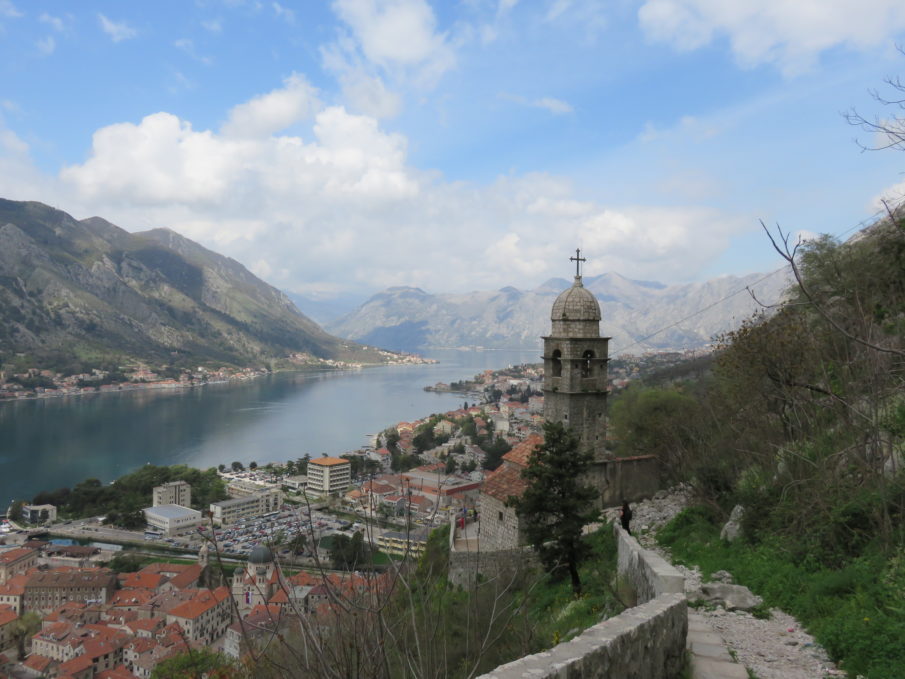
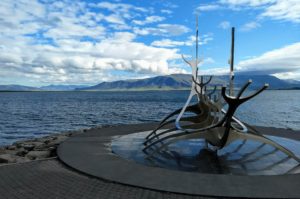
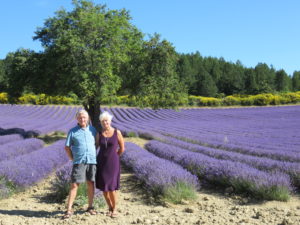
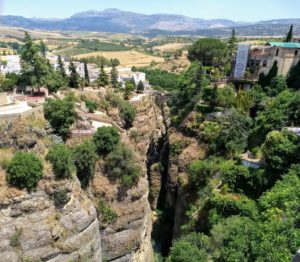
Comments
Great post – fascinating way to create an island – and good to know it still an ongoing tradition
Author
Croatia is filled with tradition that is carried down through the generations. We would have enjoyed spending another day in Montenegro to explore the streets and trails along the coast. Have to leave something for another time. Thanks for following along with us.
Wow you needed the Kodachrome for that visit.